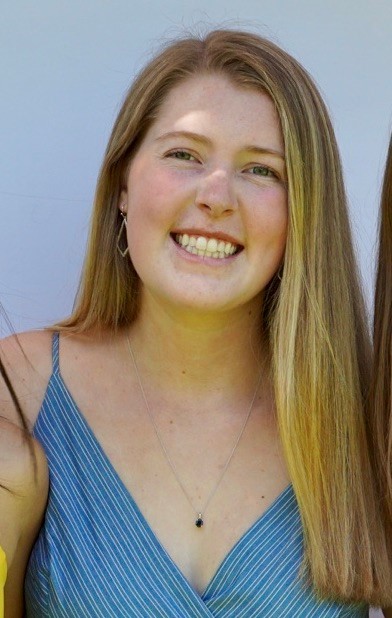Stronger Together: Clinical Trial Spotlight on Lindsay Garner
 Here at JDRF, our research has two core objectives: curing T1D by stopping the immune system destruction of the cells that make insulin, replacing cells that have been lost and preventing the progression of the disease in those at risk or recently diagnosed; and improving lives by treating people living with T1D with new drugs, therapies and devices that make it easier to stay healthy until cures come.
Here at JDRF, our research has two core objectives: curing T1D by stopping the immune system destruction of the cells that make insulin, replacing cells that have been lost and preventing the progression of the disease in those at risk or recently diagnosed; and improving lives by treating people living with T1D with new drugs, therapies and devices that make it easier to stay healthy until cures come.
A core pillar of achieving these objectives is participation in clinical trials! JDRF volunteer leader and past clinical trial participant Lindsay Garner is 19 and was born and raised in Denver. A college sophomore studying nursing, we caught up with Lindsay to learn a little more about her clinical trial experience and what it’s like to be a part of type 1 diabetes research advancements.
Tell us about your T1D diagnosis.
Lindsay: I was diagnosed with T1D when I was 9 years old and in 3rd grade. I went to the doctor’s office because I was going to the bathroom a lot and my parents thought I had a bladder infection; little did they know I would receive the life-changing diagnosis of T1D! I spent a day in the hospital hooked up to machines that brought my blood sugar back down to a healthy, livable number. I was then sent to the Barbara Davis Center at CU Anschutz Medical Campus, where my parents and I took classes to learn about diabetes. It was a scary experience as a 9-year-old because I really didn’t know what was wrong with me – I just knew something was wrong. After a couple of days of classes, I was sent home and out into the real world. Since then it’s been finger sticks and shots!
Describe your “typical” day with T1D.
When I wake up in the morning, I check my blood sugar using my continuous glucose monitor (CGM). I give myself a bolus based on this number and how many carbs I am going to eat for breakfast. I wear a pump, so I don’t have to deal with copious amounts of needles. However, I do have to change my injection site every three days. Ultimately, I monitor what my blood sugar is and adjust accordingly to try and keep myself from going too high or too low.
Tell us more about participating in clinical trials.
I found out about the clinical trials from my doctors and nurses when I went to the Barbara Davis Center. The studies I’ve participated in include:
- Medtronic Closed Loop (three years)
- Medtronic Auto Mode (six months)
- Psychological Diabetes Effects (three months)
- Dexcom CGM (one week)
I have loved participating in clinical trials. They have given me the chance to test cutting edge technology before it hits the market. While you do have to go to the doctor’s office a little bit more for some trials, it is totally worth it when you weigh all of the benefits. Clinical trials are all super interesting – you get to help advance science not only for yourself, but for the whole T1D community. This improves outcomes for all people, making lives significantly easier. It isn’t scary to participate, and it doesn’t hurt. As an added bonus, sometimes you get paid!
Participating in a clinical trial is a great way to contribute to curing, preventing and treating T1D and its complications. Start your search here to find clinical trials that need people like you. Learn more about JDRF-funded research at www.jdrf.org/impact/research/abstracts/.